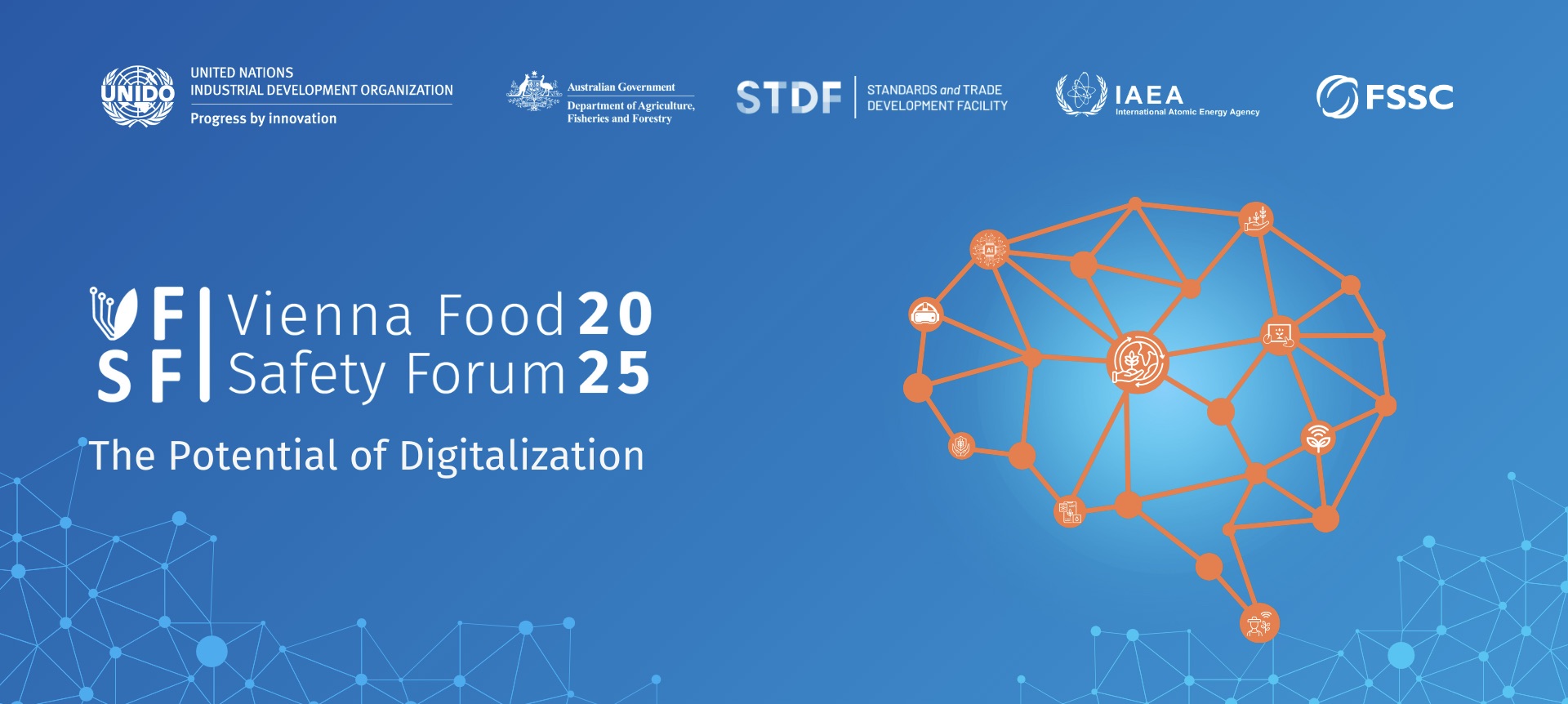Your genotype – your inherited DNA – dictates whether you may have a different response to certain foods and nutrients compared to another person. This means that a one-size-fits-all approach is not a perfect strategy for how non-communicable diseases such as obesity, cardiovascular disease and diabetes should be tackled, not to mention the drive for optimum health.
New technologies for gathering, analysing and steering consumer well-being, from fitness trackers to nutrition, health and microbiome apps, to name a few, are trending. As a result the volume of data generated in this area has been growing rapidly.
There is no doubt that the future lies in optimising nutrition via personalising individual needs. However to improve the health of the wider population, we need to find a way to improve health beyond the ‘worried well’, who tend to engage more readily with these new technologies.
Population studies, such as national health surveys gather extensive data on individuals’ diet, health biomarkers and other physical measurement. It is important to differentiate between targeting the general population and individuals when looking at current strategies. One of the challenges to highlight is that some measures of health status, such as BMI or urinary iodine, work well at a population level but may not be appropriate at the individual level. However, by using this data rich information we can build some powerful tools in the food data science space, where we ultimately will be able to predict and even steer population health outcomes.
Targeted public health interventions and the development of custom food products or functional foods should go hand in hand with future health prevention strategies. The offering of personalised products and services is currently booming, some having more robust underlying science than others.
A study by the Nestlé Health Institute of Health Sciences, which started in 2014 envisages a technology that creates tailored food products to meet individual’s needs, inspired by the “replicator” that synthesised meals on demand in the Star Trek TV series.
Techniques such as mathematical modelling using known outcomes from human intervention studies, as well as the application of artificial intelligence (AI) have enormous potential for improving current health care and hence population health. Predictive modelling can be applied for assessing those health outcomes via combining population health status, intervention and effects data. The impact on a population group can be quantified by having data on specific blood biomarkers but also on the factors that influence these, such as lifestyle, environment, diet and polymorphisms. Polymorphisms are a common variation in the DNA sequence; depending on this inherited setup they can lead to a different response based on environmental factors, such as nutrient intakes.
Those powerful techniques enable decision makers in the health, nutrition and food space to estimate the impact of potential dietary interventions by using data and predictive models. By using scientific evidence on the health impact of nutritional interventions we can build predictive models to quantify potential health outcomes. Even though more exploratory research is needed, an expertise in food data science, modelling and high performance computing is a key advantage and there is no doubt that the future holds some very exciting opportunities in the personalised health and nutrition space.
If you find this all a little space age and would like to get some guidance on this topic, please feel free to contact us. Our team has over a decade of experience in applying data science, technology and predictive modelling in this area, to help organisations to understand the interactions between food and health.


